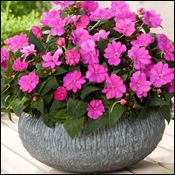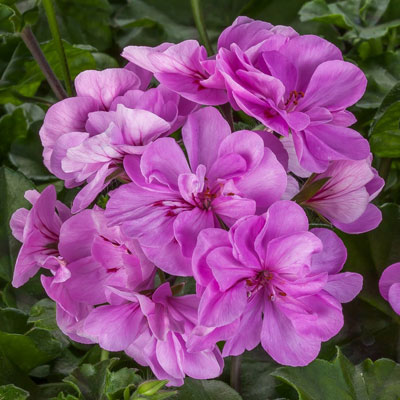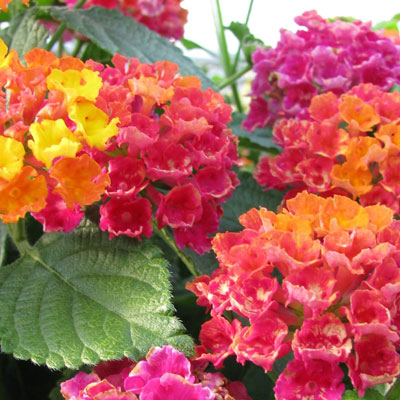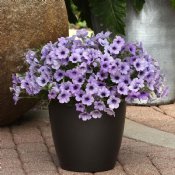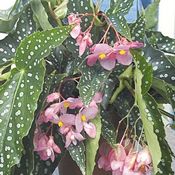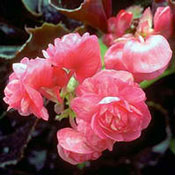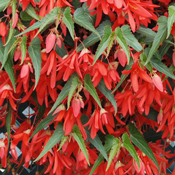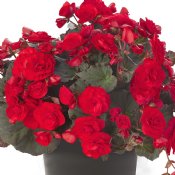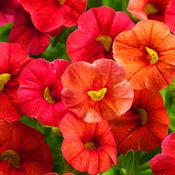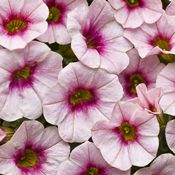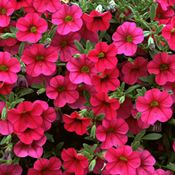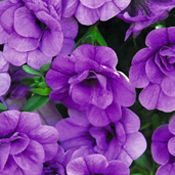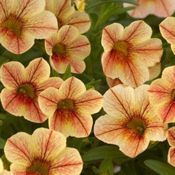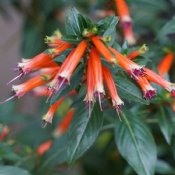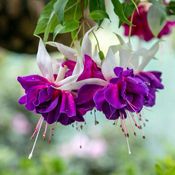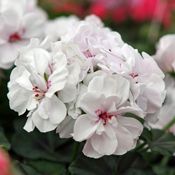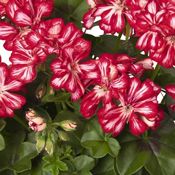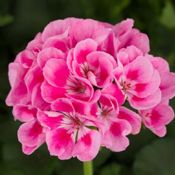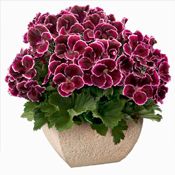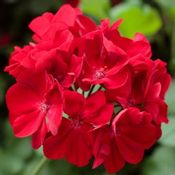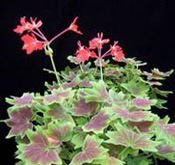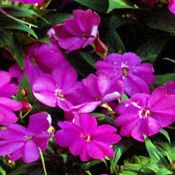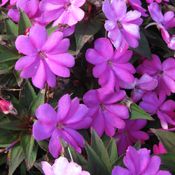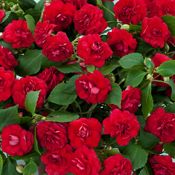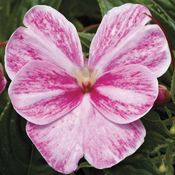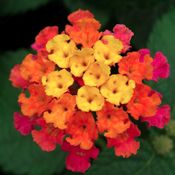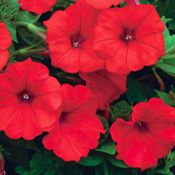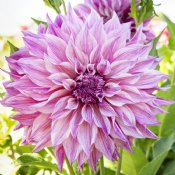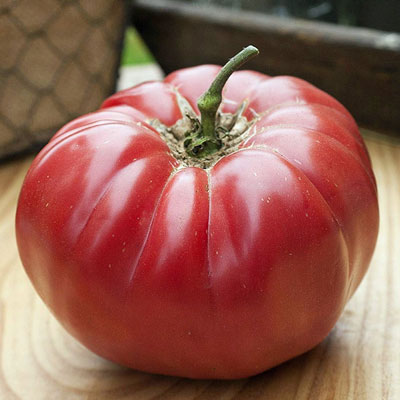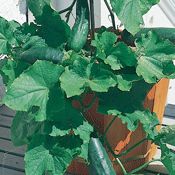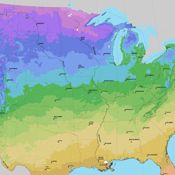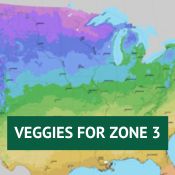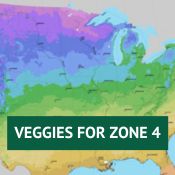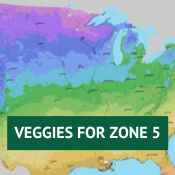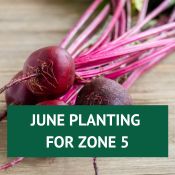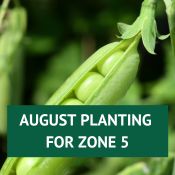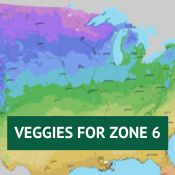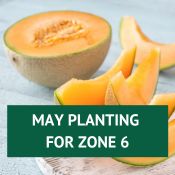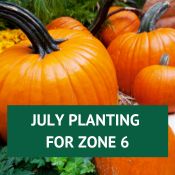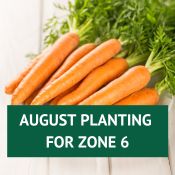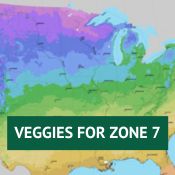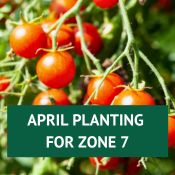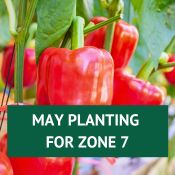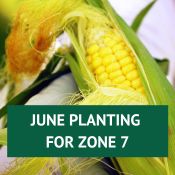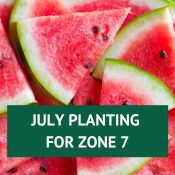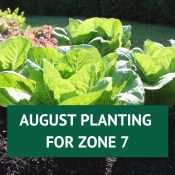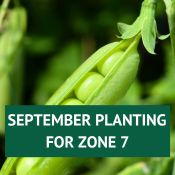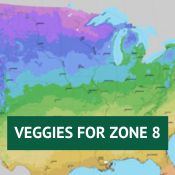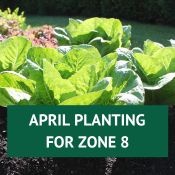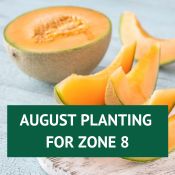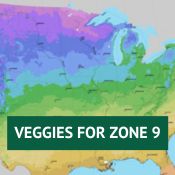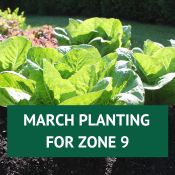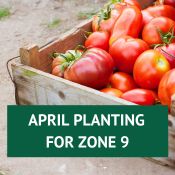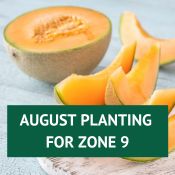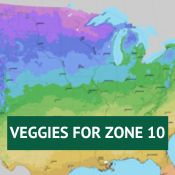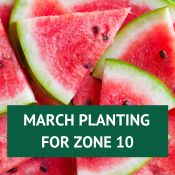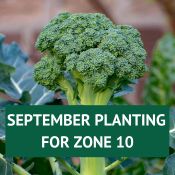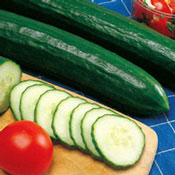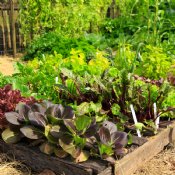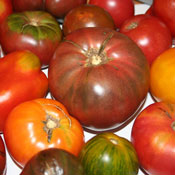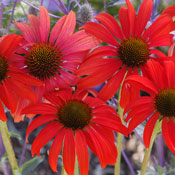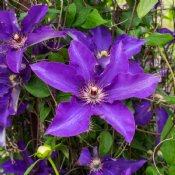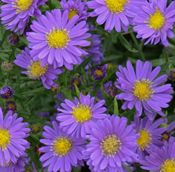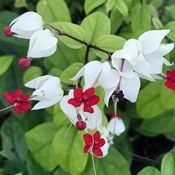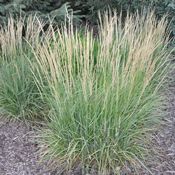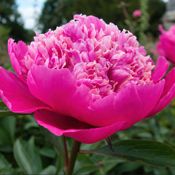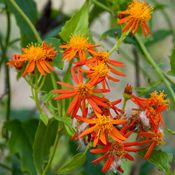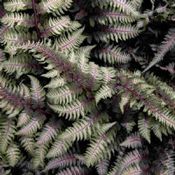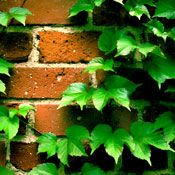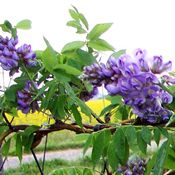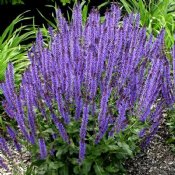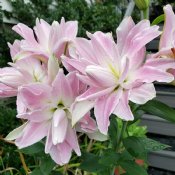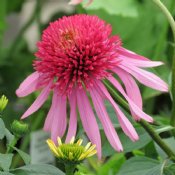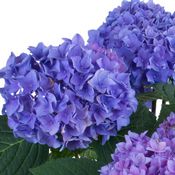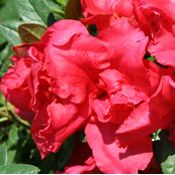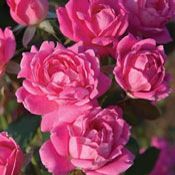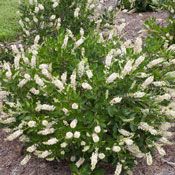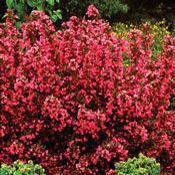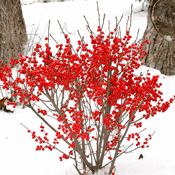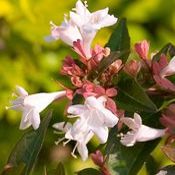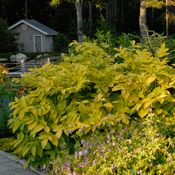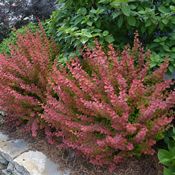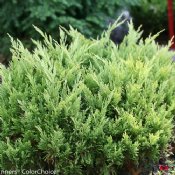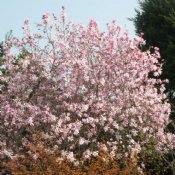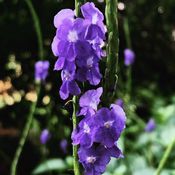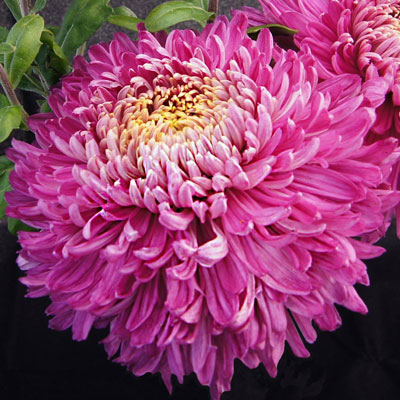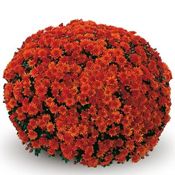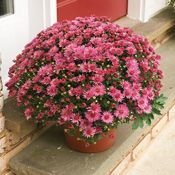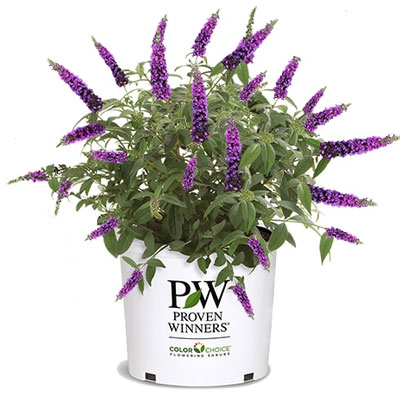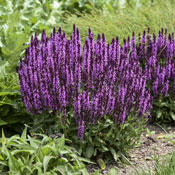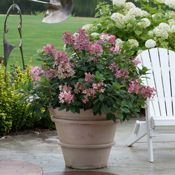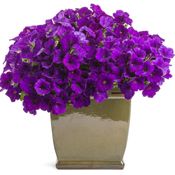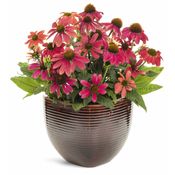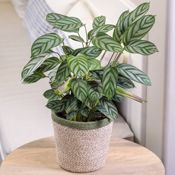Ground cover plants are the ideal finishing touch to your flowerbeds or the perfect solution to those areas in your yard that are barren, due to shade, sun, or soil quality. Naturalization with ground cover plants is a win-win. Low on maintenance, these spreading ground covers can turn a bare landscape into a colorful eye-catching pleasure.
Ground cover plants are available in a vast array of colors and textures for any number of applications. Instead of mulch, ground cover plants can be used as a natural weed suppressor, as well as helping to retain water. Their roots help to aerate your soil, which is one of the reasons that corner of your yard may have been sparse to begin with. These perennials, once established, require little attention, with fantastic benefits.
Ground cover plants are ideal for naturalizing large lots, negating the need for mowing, as well as providing erosion control and decoration for those parts of your yard where grass just will not grow. In addition, these plants can serve as the ideal background for showcasing your favorite flowering plants and for providing protection to their roots in extreme weather situations. For example, during the heat of the summer you will lose (and use) less water, almost as if you had applied mulch on top of your soil.
Here are some suggestions, though the actual variety of ground cover plants is quite extensive:

Ajuga-a member of the mint family, may also be known as Blue Bugle, Bugleweed and Carpetweed. Ajugas spread on short rhizomes, forming clumps. Those clumps then spread to form a carpet, putting on a beautiful display of blue blossoms in May and June while attracting beneficial pollinators, such as bees and butterflies. Ajuga plants are evergreen, available in a plethora of varieties with colorful foliage that is present year round. Ajuga grows very quickly and, depending upon the variety, is hardy in USDA Zones 3 through 10. The Ajuga plant prefers full shade to partial sun and moist, acidic soil.

Alyssum-may also be known as Sweet Alison. Sweet Alyssum plants grow quickly, from seed to blooming in about 2-months. Planting actively growing Alyssum will produce flowers much more quickly. Available in pink, lavender, white, and yellow, it grows well in cooler climates in full sun, but prefers partial shade in warmer climes. Sweet Alison is a hardy annual in colder regions, USDA Zones 5 to 9, but is grown as a perennial in USDA Zones 9 to 11. Alyssum prefers average, well-drained, medium moisture soil. Plant seedlings 16 to 18-inches apart, as they quickly spread to form a blanket of blossoms from 6 to 12-inches tall.

Creeping Thyme-is a prolific grower, producing a lush carpet of purply-pink blossoms, usually not more than 2-inches tall. Each plant will spread 12-inches or more. Once established, you will only need to water once about every 10 days or so. If growing from seed, they are known to germinate slowly, but once growing, the magic happens quickly. This perennial herb is hardy in USDA Zones 4 through 9, surviving temperatures as low as -30°F, though Creeping Thyme plants may not bloom in their first year, while focusing on establishing roots and spreading. Creeping Thyme blooms from June to September and you can propagate more plants by dividing in the spring or late fall. This woody evergreen plant prefers full sun and average to dry well-draining soil.

Heuchera-which you may know as Coral Bells or Alumroot, is a semi- to full-evergreen depending upon the variety. Being native to North America, Heuchera plants are hardy in USDA Zones 4 to 9. Though they produce bell-shaped flowers, it is the foliage, in an astounding array of colors, that is the main attraction. Foliage ranges in color; some silver to almost black and others in green hues with purple or red veining, and yet others in a myriad of shades of red. The choice is astounding! You can even choose your preferred texture as the foliage is available in smooth, wavy, or ruffled forms. Blooming in late spring to early summer, the blossoms will attract hummingbirds and pollinators. Coral Bells can spread up to 3-feet, so it takes fewer plants to fill a larger area. Preferring partial shade, Heuchera is an ideal choice for naturalizing between shade trees in your landscape. You can plant it in sunny locations as well, but it will require more water to thrive. Its ideal world is morning sun and afternoon shade.

Lamium-also commonly called Dead Nettle or Spotted Dead Nettle, is a low-growing (6 to 8-inches tall), deer and rabbit resistant ground cover that thrives in partly sunny to fully shaded areas. Its white, pink, or purple flower will turn that bare, shady area into a blossoming patch of wonderful. This herbaceous perennial may be near-evergreen in mild climates and is a vigorous grower, though not invasive. Its two-toned foliage will bear snapdragon-like blossoms from spring to early summer, though some varieties will bloom to August-once the flowers fade you are left with interestingly patterned and colorful foliage. Lamium plants are hardy in USDA Zones 3 through 8.

Sedum-is also known as Stonecrop and is available in a remarkable array of forms and colors. Its low-growing nature, usually not more than 3-inches, makes it an ideal candidate for use between flagstone or paving stone walkways, or as a filler in flower gardens, where it will deter weeds and retain water. A succulent, it is quite drought tolerant once established. If the soil is dry two-inches down, then water deeply at the base of the Sedum plant. Sedum does not like heavy clay or wet soil. Clay growing areas can be amended with agricultural limestone to make the clay less dense, but root rot will occur if planted in soil that stays moist. Sedum is hardy in USDA Zones 3 through 11, loves full sun and well-drained soil. Soil quality, however, does not matter overly much and Stonecrop plants will adapt well to hot and dry conditions.
There are, of course, many ground covers, blooming or not, that you can choose from. Dichondra, Creeping Phlox, Hens and Chicks, and Periwinkle are just a few more. Ground covers may be YOUR solution to a problem area that is barren or eroding, too sunny, or too shady, too moist or too dry. Ground covers can turn blah into beautiful.

